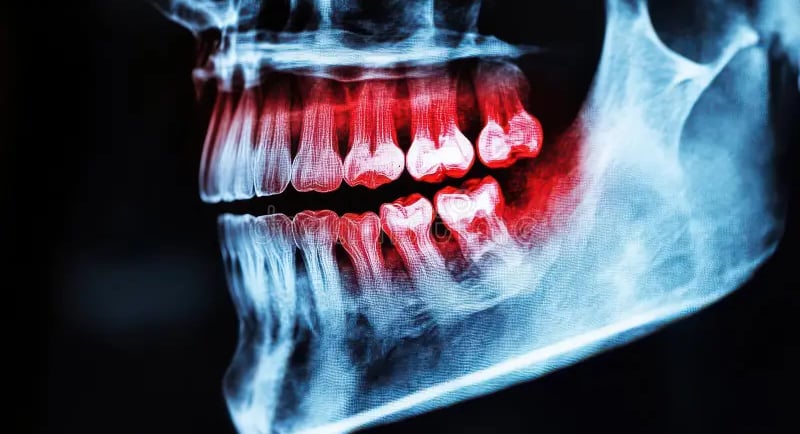Clear Aligners for Patients with Autoimmune Disorders: Benefits, Challenges, and New Research
Autoimmune disorders, which arise from an immune system attacking the body’s own tissues, impact millions of people worldwide. For orthodontic patients with autoimmune conditions like rheumatoid arthritis (RA) and Sjögren's syndrome, these disorders present unique oral health challenges that can affect treatment choices. Clear aligners, already popular for their aesthetic and practical benefits, may offer a safer alternative to traditional braces for these patients. However, there are specific challenges and considerations for those with autoimmune disorders, particularly in managing symptoms like dry mouth, gum inflammation, and heightened sensitivity. Recent research sheds light on how best to approach orthodontic treatment for these patients to ensure effectiveness without compromising their oral health.
Azeem Jameel
11/10/20243 min read


Clear Aligners for Patients with Autoimmune Disorders: Benefits, Challenges, and New Research
Introduction
Autoimmune disorders, which arise from an immune system attacking the body’s own tissues, impact millions of people worldwide. For orthodontic patients with autoimmune conditions like rheumatoid arthritis (RA) and Sjögren's syndrome, these disorders present unique oral health challenges that can affect treatment choices. Clear aligners, already popular for their aesthetic and practical benefits, may offer a safer alternative to traditional braces for these patients. However, there are specific challenges and considerations for those with autoimmune disorders, particularly in managing symptoms like dry mouth, gum inflammation, and heightened sensitivity. Recent research sheds light on how best to approach orthodontic treatment for these patients to ensure effectiveness without compromising their oral health.
Oral Health Implications of Autoimmune Disorders
Patients with autoimmune diseases often experience symptoms that directly impact their oral health:
Dry Mouth (Xerostomia): Conditions like Sjögren's syndrome severely reduce saliva production, leading to dry mouth. Saliva plays a critical role in maintaining oral health by neutralizing acids, washing away food particles, and providing minerals for tooth enamel. Xerostomia increases the risk of cavities and gum disease, which can complicate orthodontic treatment.
Gum Inflammation and Sensitivity: Inflammation is a hallmark of many autoimmune disorders, particularly RA, which can cause gum tissues to be more sensitive and reactive to orthodontic appliances. This sensitivity can lead to increased discomfort and a higher risk of gum disease during treatment.
Bone Density Issues: Certain autoimmune diseases and their treatments (e.g., steroids for RA) may affect bone density. Since orthodontic treatment relies on bone remodeling to move teeth, these patients may experience slower or less predictable tooth movement.
Clear Aligners vs. Braces for Autoimmune Patients
For patients with autoimmune disorders, clear aligners offer several distinct advantages over traditional braces:
Reduced Irritation: Clear aligners are made of smooth plastic, which generally causes less irritation to gums and cheeks compared to metal brackets and wires.
Enhanced Hygiene: With the ability to remove aligners for eating and cleaning, patients can more effectively manage oral hygiene. This is particularly important for those prone to dry mouth and gum inflammation.
Customizable Treatment: Clear aligners allow for more individualized treatment plans, which can be advantageous for autoimmune patients who may have irregular bone density or unique gum health needs.
However, clear aligners do come with specific challenges for these patients, including the need to keep the aligners in place for 20-22 hours per day. This can exacerbate dry mouth, as wearing the aligners reduces the mouth's exposure to saliva even further.
Challenges and Considerations in Treatment Planning
Managing Dry Mouth: Patients with Sjögren's syndrome or other conditions that reduce saliva production may find wearing aligners uncomfortable. Strategies to manage xerostomia include encouraging the use of saliva substitutes, staying hydrated, and limiting aligner wear time if possible (with regular check-ins to assess effectiveness).
Monitoring Gum Health: Given their heightened risk for gum disease, autoimmune patients require more frequent check-ups to monitor gum health throughout treatment. Inflammation can impede tooth movement and worsen periodontal issues, so early detection and intervention are crucial.
Bone Health Assessment: Bone density concerns must be considered before starting treatment, particularly for those on long-term medications that affect bone density. Advanced imaging and bone quality assessments can help in planning a safer, more predictable treatment course.
Recent Research and Emerging Insights
Recent studies have started to explore clear aligners' role and efficacy in managing patients with autoimmune conditions, with promising insights:
Biocompatible Aligners: Researchers are developing aligners made from advanced materials that aim to be even less irritating to sensitive gums, potentially reducing inflammation risks.
Saliva-Enhancing Coatings: New aligners with saliva-boosting coatings are in development, which may help alleviate dry mouth symptoms, making them more comfortable for patients with xerostomia.
Customized Treatment Durations: For some autoimmune patients, reduced aligner wear times (balanced with other orthodontic measures) may help manage symptoms while still achieving satisfactory tooth movement. Studies are exploring optimal wear time to ensure the aligners remain effective even with adjusted treatment protocols.
Conclusion
Clear aligners provide a viable orthodontic solution for patients with autoimmune disorders, though they require careful treatment planning to address the unique oral health challenges these patients face. Emerging research on biocompatible materials and saliva-enhancing technologies could revolutionize how orthodontists manage autoimmune patients. For now, individualized care, with particular attention to dry mouth, gum health, and bone density, remains the best approach. As we continue to learn more about autoimmune disorders and their impact on orthodontic treatment, clear aligners offer a promising way to balance aesthetics, comfort, and health for patients with these complex conditions.

Connect
Social Accounts
+1 830 7451 586
Building 595, Block H3, Phase 2
Johar town, Lahore Pakistan
Address
Mail at:
Call at:


ClearCare Ortho offers premium-quality, exceptionally clear, and affordable orthodontic aligner treatments worldwide.
© 2023 Copyright ClearCare Ortho All Right Reserved.
info@clearcareortho.com
